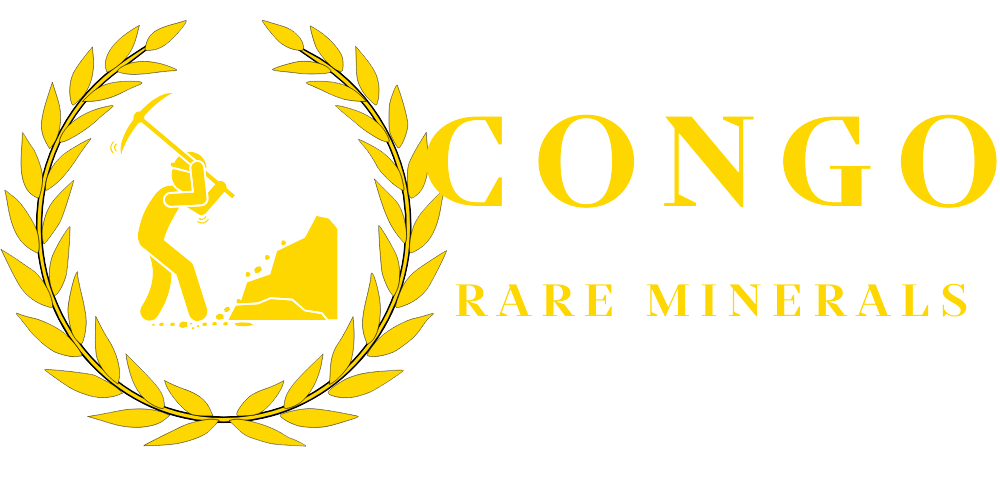TL;DR (read this if you’re busy)
- Fastest resale, tightest spreads: 1 kg (for larger tickets, vault delivery).
- Most flexible for stacking: 100 g (good balance of premium and liquidity).
- Great for small bites and gifting: 1 oz (highest premium, easiest to nibble).
- Rule of thumb: the smaller the bar, the higher the premium and usually the wider the resale spread.
All numbers below are illustrative. We’ll quote live premiums, insured shipping, and expected buyback spreads for your exact order.
What actually matters
- Premium: what you pay above spot to buy.
- Spread: the gap between your buy price and a realistic buyback price.
- Liquidity: how quickly you can sell and at what cost.
- Friction: shipping, insurance, verification, and handling at both ends.
The quick comparison
| Feature | 1 kg bar | 100 g bar | 1 oz bar |
|---|---|---|---|
| Typical buyer | Investors, jewelers, treasury desks | Growing stackers, small wholesalers | First-time buyers, gifts |
| Premium (illustrative) | Low per gram | Moderate | Highest |
| Resale spread (illustrative) | Tight | Moderate | Wider |
| Liquidity channel | Broker/vault, wholesale | Dealers, vault, retail | Retail dealers, peer-to-peer |
| Shipping/insurance | Most efficient per kg | Efficient in bundles | Costly per gram if shipped one by one |
| Verification | Serial list + assay; easy at vault | Assay card common | Assay card common |
| Best use case | Max metal per dollar | Flexible stacking | Small tickets, testing the waters |
When each size wins
1) 1 kg — the efficiency king
Choose this if you want maximum metal per dollar and plan to resell through a broker or vault.
- Lowest premium per gram and tightest exit spreads.
- Works best with vault delivery and broker coordination.
- Ideal for investors and B2B buyers who care about turnover and spreads.
Watchouts: Large ticket, so commit to a proper verification and storage plan.
2) 100 g — the middle ground
Pick this if you want good liquidity without paying 1 oz premiums.
- Sensible for dollar-cost averaging in larger steps.
- Easy to sell back in chunks without moving a full kilo.
- Shipping remains efficient when bundled.
Watchouts: Premium per gram is higher than 1 kg, so keep an eye on your exit plan.
3) 1 oz — precision and flexibility
Use this for small, frequent buys or as entry-level exposure.
- Good for gifts, testing suppliers, and building confidence.
- Simple to sell one by one at retail counters.
Watchouts: Highest cost per gram. If you plan to build a big position, premiums add up fast.
The math that decides your P&L (illustrative)
Assume spot = $80,000/kg (= $80/g). Simple examples only.
Example A — 1 kg bar
- Buy premium: +1.5% → +$1,200
- All-in landed (fees simplified): +$1,800
- Buy price ≈ $83,000
- Buyback spread: −0.8% vs spot at sale
- If spot is flat when you sell, approx. loss ≈ $1,800 (fees) + $640 (spread) = $2,440
Lowest drag among the three, because spreads and per-gram costs are tight.
Example B — 100 g bar (×10)
- Buy premium: +2.5% → +$200 per 100 g (×10 = $2,000)
- All-in landed: +$1,900
- Buy price ≈ $83,900
- Buyback spread: −1.2% vs spot at sale
- If spot is flat, approx. loss ≈ $1,900 + $960 = $2,860
Example C — 1 oz bars (×32.15 oz)
- Buy premium: +4.0% → +$3,200 total
- All-in landed: +$2,200
- Buy price ≈ $85,400
- Buyback spread: −2.0% vs spot at sale
- If spot is flat, approx. loss ≈ $2,200 + $1,600 = $3,800
You’re paying for flexibility. If you want lots of ounces, consider stepping up to 100 g or 1 kg to cut drag.
Liquidity in the real world
1 kg
- Fastest in vault networks and with brokers.
- Clean serial lists and assay reports matter.
- Expect tight quotes during normal market hours.
100 g
- Dealers take them readily, especially sealed with assay cards.
- Good balance between speed and price.
1 oz
- Easy counter sales, but expect wider spreads.
- Brand and packaging condition matter more at this size.
Storage, shipping, and verification tips
- Vault delivery keeps chain-of-custody clean (helps resale).
- Keep assay cards intact; sealed bars often sell faster.
- Always retain photos, serial lists, AWB, and insurance ref.
- For large tickets, consider XRF at a depository on arrival.
What to buy if…
- You want lowest drag and plan to scale: 1 kg.
- You value flexibility without retail-size premiums: 100 g.
- You’re starting small, gifting, or testing a seller: 1 oz.
FAQs
Is a 1 kg bar harder to sell than small bars?
Not if you use the right channel. Kilo bars move quickly at vaults and through brokers with tight spreads.
Do brands matter?
Yes. Recognized refiners and intact assay/packaging help both price and speed.
Can I mix sizes in one shipment?
Yes. Many buyers take 1 kg + a few 100 g or 100 g + some 1 oz for flexibility.
Which size has the best buyback price?
On average, 1 kg has the tightest spreads. Smaller units typically carry wider spreads.
What about coins instead of bars?
Coins have different dynamics and often higher premiums. If you want pure metal per dollar, bars usually win.
